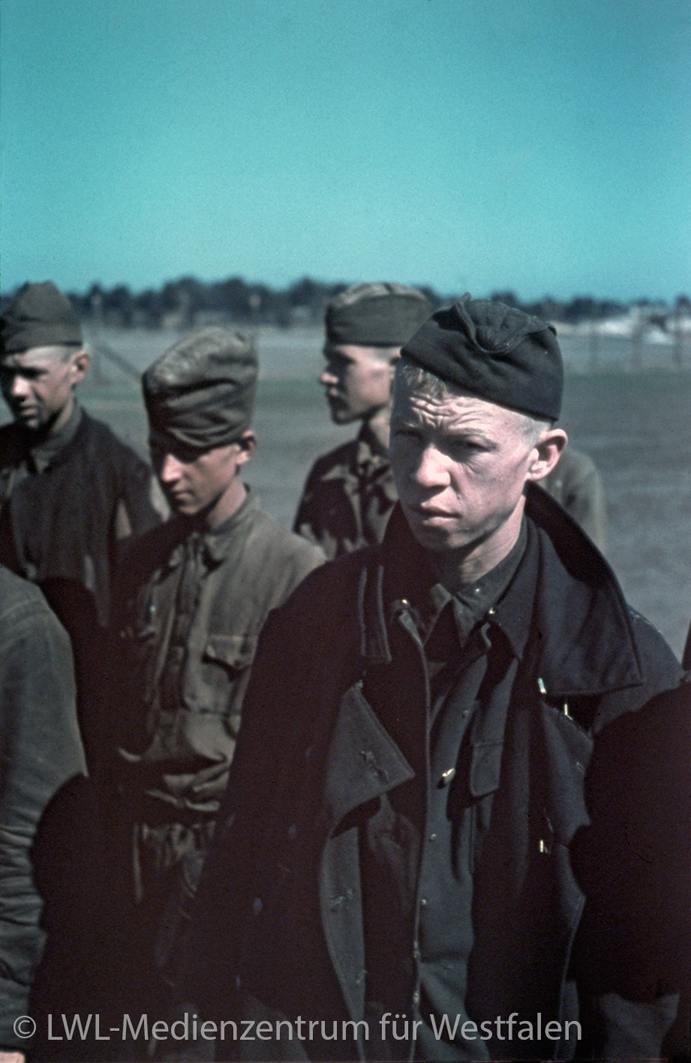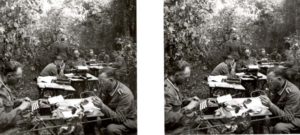As part of the Images of History in Contemporary Art research project funded by the Swiss National Science Foundation (SNSF) in Bern, the workshop Transgenerational Corpographies of Memory will take place:
November 18, 2021, 2:30–6:30 pm
November 19, 2021, 9:00 am–5:00 pm
Location
Leibniz Centre for Contemporary History Potsdam (ZZF)
Am Neuen Markt 9d
14467 Potsdam
Transgenerational Corpographies of Memory is a visual art and history workshop that uses two audio-visual artistic works as a departure point to explore the dimensions and trajectories of transgenerational memory within the medium of artistic film. The workshop consists of two parts: the film screenings and the discursive program. The underlying works stage female biographies of the 20th and early 21st century based on two women’s self-narrated memories. The workshop structure is triadic, meaning that the works will be analyzed from an artistic, art historical and historical perspective in a complementary way. The aim of this transdisciplinary investigation is to explore transgenerational cultural memory work in contemporary art via pictorial “close readings.” The central questions are: How can we grasp the connection between history, transgenerational memories and artistic images of history?
[...]
Quelle: https://visual-history.de/2021/11/10/workshop-transgenerational-corpographies-of-memory/

